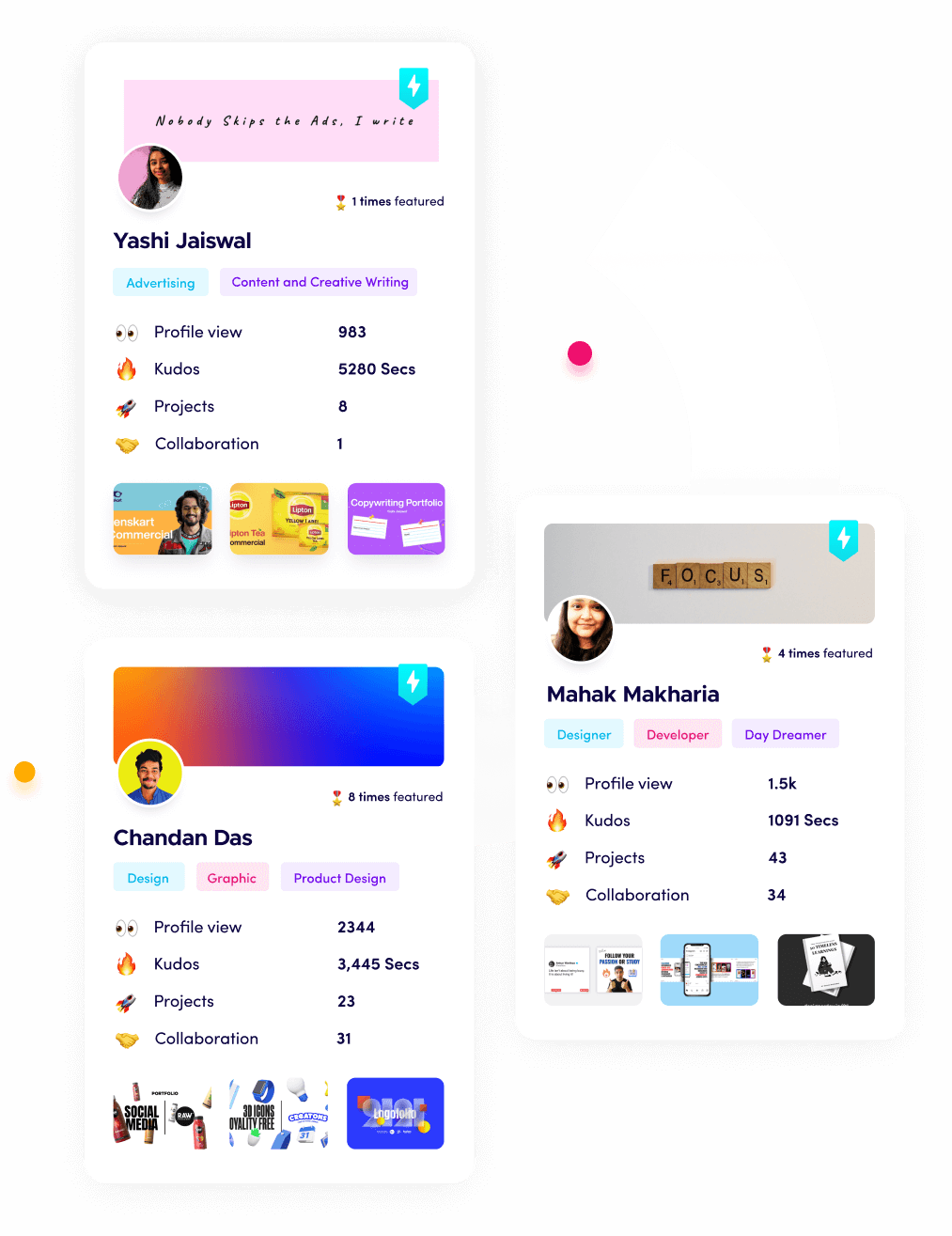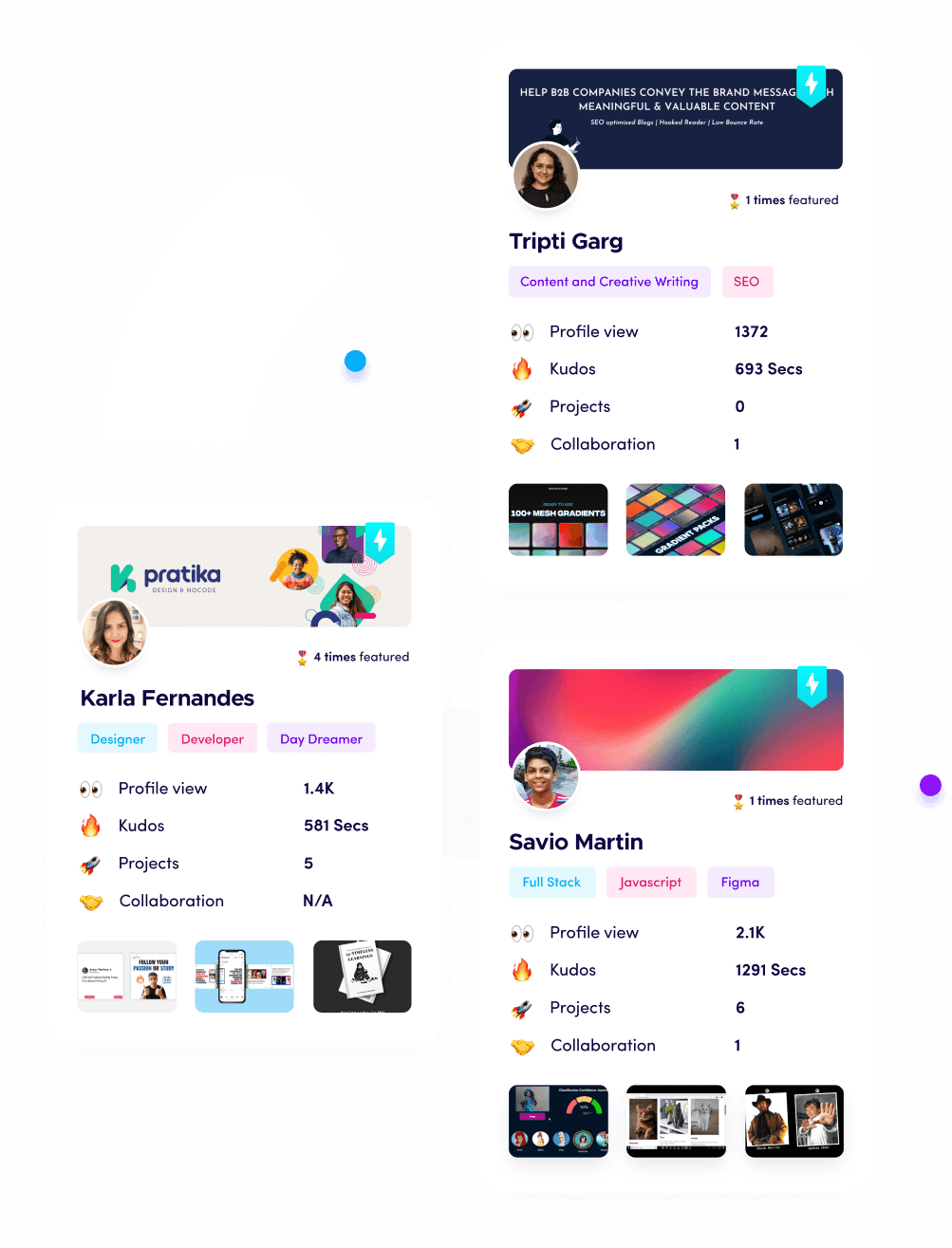How to Build a Personal CRM for Client Outreach in 2025

Riten Debnath
25 Jun, 2025

Are you losing track of leads, forgetting to follow up, or missing out on freelance opportunities? In 2025, building a personal CRM (Customer Relationship Management) system is the secret weapon that helps freelancers and professionals stay organized, nurture relationships, and win more clients. With the right approach, you can turn scattered contacts into a powerful outreach engine—no tech skills required.
I’m Riten, founder of Fueler—a platform that helps freelancers and professionals get hired through their work samples. In this article, I’ll show you step-by-step how to build your own personal CRM for client outreach in 2025. Beyond mastering skills, the real key is presenting your work and managing your relationships smartly. Your portfolio isn’t just a collection of projects—it’s your proof of skill, your credibility, and your shortcut to trust. Let’s make your outreach organized, consistent, and effective.
What Is a Personal CRM and Why Do You Need One?
A personal CRM is a tool or system that helps you manage your contacts, track your communication, and remember important details about every client or lead. Unlike traditional business CRMs, a personal CRM is designed for individuals—especially freelancers—who want to build genuine, long-term relationships. It keeps all your outreach, follow-ups, and notes in one place so nothing falls through the cracks.
- Helps you remember key details about each client and lead.
- Organizes follow-ups, reminders, and next steps.
- Centralizes your communication history for easy reference.
- Makes your client outreach more professional and reliable.
Why building a personal CRM matters for client outreach in 2025:
With more freelancers than ever, clients expect organized, timely communication. A personal CRM helps you stand out by showing you care about relationships—not just transactions.
Step 1: Choose the Right Personal CRM Tool
There are many tools you can use to build a personal CRM, from simple spreadsheets to dedicated apps. In 2025, top options include Clarify, Clay, and even free CRM platforms like HubSpot or Notion. The best tool is one you’ll actually use and can customize to your workflow.
- Look for user-friendly interfaces that don’t require technical skills.
- Choose a tool that allows you to add notes, reminders, and tags.
- Consider integration with your email, calendar, or project management apps.
- Make sure it’s easy to update and access on all your devices.
Why tool selection matters for building a personal CRM:
The right tool makes it easy to stay consistent and organized. If your CRM is too complex or clunky, you’ll avoid using it—and your outreach will suffer. That’s why it helps to explore options like free CRM software to find a system that feels simple and efficient for daily use.
Step 2: Gather and Organize Your Contacts
Start by collecting all your existing contacts from email, LinkedIn, business cards, and past projects. Enter them into your CRM, making sure to include names, emails, company names, and any relevant notes. Many tools, including AI sales agents, can integrate directly with CRMs to simplify this process and support smarter outreach. Tag contacts by type (lead, client, collaborator) or industry to make searching easier.
- Import contacts from multiple sources for a complete database.
- Add custom fields for things like project type, last contact date, or referral source.
- Use tags or categories to segment your contacts for targeted outreach.
- Keep your contact list updated as you meet new people.
Why organizing contacts matters for client outreach in 2025:
A well-organized contact list lets you find the right person at the right time. It also helps you personalize your outreach, increasing your chances of a positive response.
Step 3: Track Communication and Follow-Ups
For every contact, record your communication history—emails sent, calls made, meetings scheduled, and notes from conversations. Set reminders for follow-ups so you never miss a chance to reconnect or close a deal. Many personal CRMs have built-in reminders and notification features.
- Log every interaction with each contact for easy reference.
- Set follow-up dates and get notified when it’s time to reach out.
- Add notes about client preferences, project details, or important dates.
- Review your outreach history to spot opportunities or gaps.
Why tracking communication matters for building a personal CRM:
Consistent follow-up is the key to converting leads into clients. A CRM helps you stay proactive, not reactive, and ensures no opportunity slips away.
Step 4: Use Tags, Filters, and Segmentation
As your contact list grows, use tags and filters to segment your database by client type, industry, project size, or outreach status. This makes it easy to send targeted messages, plan campaigns, or prioritize high-value leads. Segmentation also helps you tailor your approach for better results.
- Tag contacts by status (lead, warm, cold, client, etc.).
- Filter by industry, location, or project type for focused outreach.
- Segment your list for personalized campaigns or updates.
- Analyze your segments to identify trends and opportunities.
Why segmentation matters for client outreach in 2025:
Targeted outreach is more effective than mass emails. Segmentation lets you deliver the right message to the right people, increasing engagement and conversions.
Step 5: Automate Reminders and Workflows
Modern personal CRMs let you automate reminders for follow-ups, birthdays, or project milestones. Some tools even offer workflow automation, like sending a welcome email to new leads or moving contacts through a pipeline. Automation saves time and ensures you never forget an important step.
- Set recurring reminders for regular check-ins or follow-ups.
- Automate routine tasks like sending thank-you notes or onboarding emails.
- Use workflow templates to streamline your outreach process.
- Integrate with calendar and email tools for seamless automation.
Why automation matters for building a personal CRM:
Automation makes your outreach consistent and efficient. It frees up your time to focus on building real relationships instead of managing tasks manually.
Step 6: Analyze and Improve Your Outreach
Review your CRM data regularly to see which outreach strategies are working. Track open rates, reply rates, and conversions. Use this data to refine your messaging, timing, and follow-up frequency for better results. Many CRMs offer analytics dashboards to visualize your progress.
- Monitor key metrics like response rates and deal closures.
- Identify which messages or approaches get the best results.
- Adjust your outreach strategy based on real data.
- Celebrate wins and learn from missed opportunities.
Why analyzing your outreach matters for client CRM in 2025:
Continuous improvement is essential for growth. By learning from your data, you can make smarter decisions and increase your client win rate over time.
Step 7: Keep Your CRM Updated and Secure
A personal CRM is only useful if it’s accurate and up to date. Make it a habit to update contact details, add new notes, and remove outdated leads regularly. Also, ensure your CRM is secure—especially if it contains sensitive client information.
- Update contact info and notes after every interaction.
- Remove duplicates or outdated leads to keep your list clean.
- Use secure, password-protected tools to protect client data.
- Backup your CRM regularly to prevent data loss.
Why ongoing maintenance matters for your personal CRM:
A current and secure CRM builds trust with clients and ensures you always have reliable information when you need it.
How Fueler Can Power Up Your Personal CRM
Fueler is more than just a portfolio platform—it’s a tool that helps you showcase your best work and get hired through assignments. By linking your Fueler portfolio in your CRM, you can quickly share proof of your skills with every outreach. This makes your follow-ups more impactful and gives clients instant confidence in your abilities.
Final Thoughts
Building a personal CRM for client outreach in 2025 is not just about staying organized—it’s about building real, lasting relationships that lead to more opportunities and success. With the right tool, a clear process, and a commitment to follow-up, you’ll never lose track of a lead or miss out on a project again. Start simple, stay consistent, and let your CRM become the engine that drives your freelance growth.
FAQs: Building a Personal CRM for Client Outreach
1. What is the best tool for a personal CRM in 2025?
Top tools include Clarify, Clay, Notion, and HubSpot. Choose one that fits your workflow, is easy to use, and integrates with your other tools.
2. How do I organize contacts in a personal CRM?
Import contacts from email, LinkedIn, and business cards, then tag and segment them by type, industry, or status for easy management.
3. Can I use a spreadsheet as a personal CRM?
Yes, a spreadsheet is a great starting point for beginners. As your needs grow, consider moving to a dedicated CRM tool for more features and automation.
4. How often should I update my personal CRM?
Update your CRM after every client interaction, new lead, or project milestone. Regular updates keep your data accurate and actionable.
5. Why is a personal CRM important for freelancers and client outreach?
A personal CRM helps you stay organized, follow up consistently, and build stronger client relationships—leading to more projects and long-term success.
What is Fueler Portfolio?
Fueler is a career portfolio platform that helps companies find the best talents for their organization based on their proof of work.
You can create your portfolio on Fueler, thousands of freelancers around the world use Fueler to create their professional-looking portfolios and become financially independent. Discover inspiration for your portfolio
Sign up for free on Fueler or get in touch to learn more.


